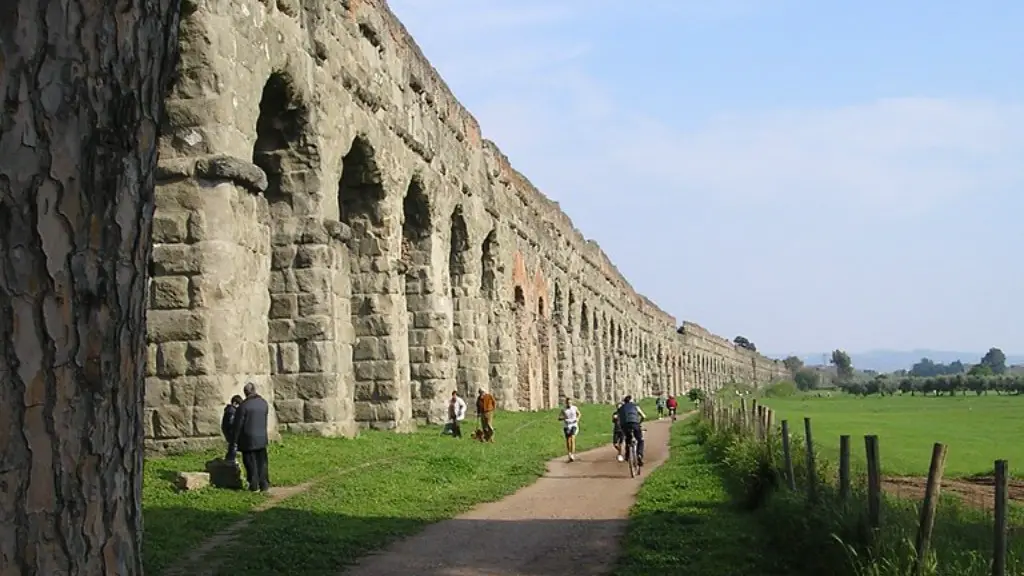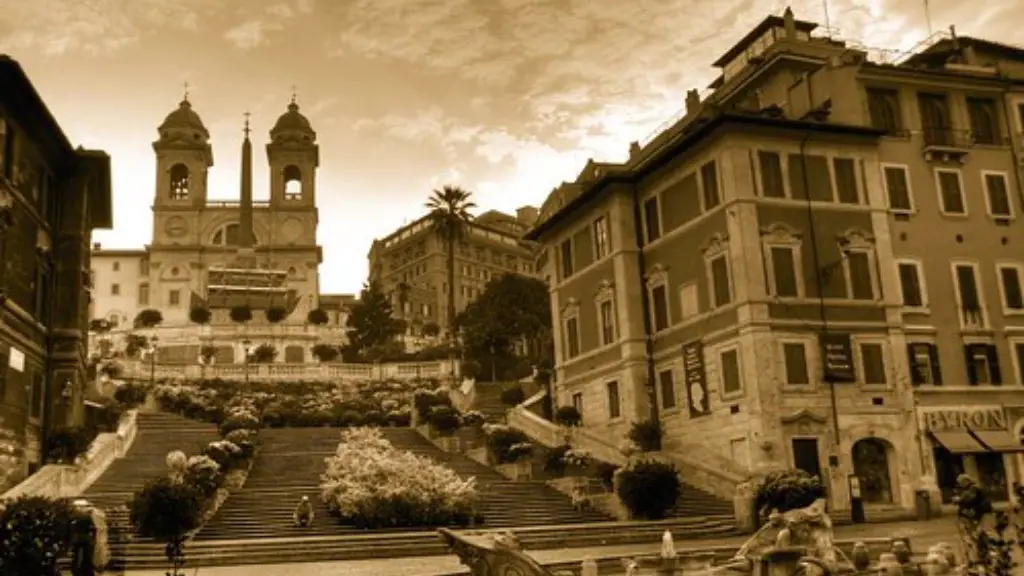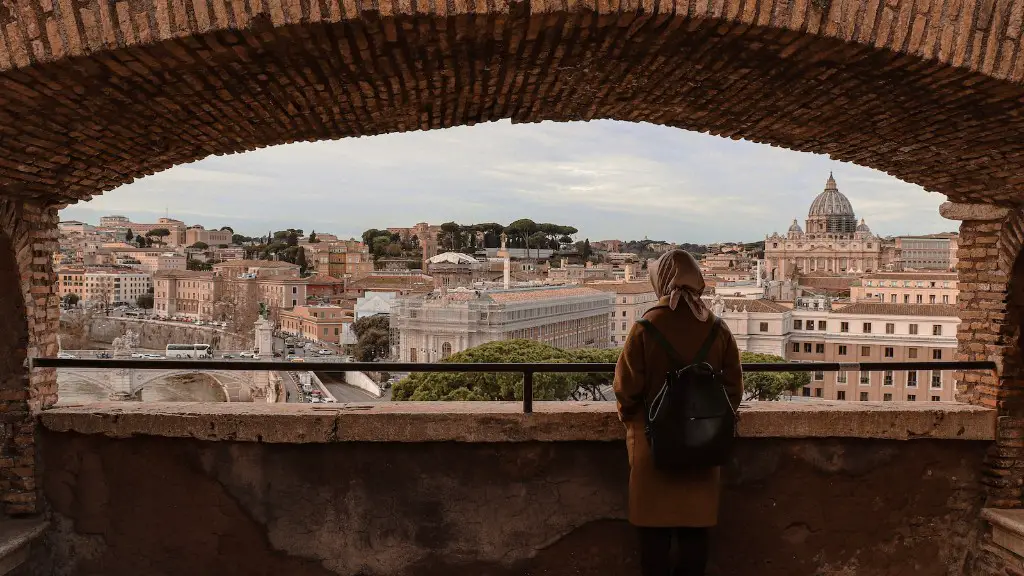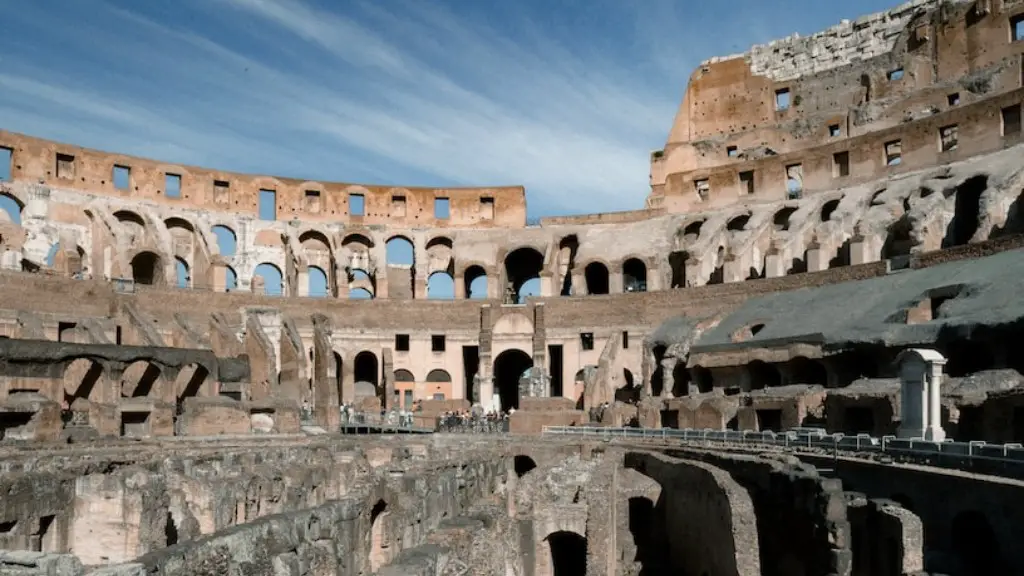Hannibal was a Carthaginian general who is remembered for his long struggle against the Roman Republic. He is best known for his epic march across the Alps to challenge Rome in 218 BCE. Despite being at the height of his military career, Hannibal was unsuccessful in defeating Rome and ultimately suffered a series of defeats in the Second Punic War.
Hannibal was born in 247 BCE in present-day Tunisia. He was the son of Hamilcar Barca, one of the most powerful leaders of the Carthaginian Empire. From a young age, Hannibal was trained in military strategy and tactics, learning the art of warfare from his father. Eventually, Hannibal would come to lead his father’s army in the Second Punic War.
During the conflict, Hannibal struck hard at Rome’s allies and territories around the Mediterranean. His most lasting achievement came from his daring trek over the Alps with an army of men and oxen. Through this campaign, Hannibal was able to take the war to the gates of Rome and bring about a major surprise for the Roman Republic.
Despite his efforts, Hannibal was unable to win the war. In 202 BCE, the Romans dealt a final blow at the famous Battle of Zama, securing their victory and ending the war. Despite being defeated, Hannibal continued to pursue strategic defeat of Rome, even leading an attack against Rome itself, before fleeing to Asia and then to Africa.
In later years, Hannibal became a respected leader, advisor, and strategist throughout the region. He even mentored his former enemies, such as the Roman general Scipio Africanus. Upon his death, Hannibal was remembered as one of the finest military minds in history, a fitting legacy for a man who sought to bring Rome to its knees.
Cultural Impact
Hannibal has become an iconic figure in the popular imagination. The story of the intrepid general crossing the formidable Alps has become a symbol of his unwavering determination and courage. He has been featured in novels, films, and television shows and remains one of the most popular historical figures in popular culture.
Hannibal is also remembered for his clever tactical strategies and bold military maneuvers. He is said to have studied the terrain of the places he fought to gain an advantage and masterfully exploited his enemies’ weaknesses. He also employed psychological warfare, something with which the professional Roman military had little experience. His tactics that have been studied by modern-day military historians.
Place in Roman History
Hannibal’s struggle against the Romans is remembered in Roman history. Despite failing to secure victory, Hannibal’s strategy and tactics had a lasting impression on Roman warfare. For example, the Romans adopted new tactics and equipment such as longer spears and an improved shield formation known as the “tortoise” to better combat Hannibal’s strategies.
After his death, Hannibal was remembered by the Roman senate with a memorial which stated “Carthago delenda est” or “Carthage must be destroyed.” This statement has since become a famous phrasenot only in the Roman world but also in modern times.
Modern Legacy
Today, Hannibal’s legacy lives on. He remains one of the most well-known figures of the ancient world and is widely regarded as one of the greatest military minds in history. His story is an inspiration to modern-day generals and soldiers, as it shows that courage, ingenuity, and determination can lead to success against even the strongest of opponents.
Hannibal has also become a symbol of Carthaginian identity and pride, an example of the resilience and strength of the people who stood up to the most powerful city-state of the ancient world. As a result, Hannibal is honored and revered throughout Africa and the Mediterranean.
Impact on Military Strategy
Hannibal’s unconventional tactics, intelligent use of terrain, and psychological warfare have been studied by kings and generals throughout history. The reputation that he created has likewise been studied and recreated by military strategists.
For example, Hannibal’s innovative use of elephants as a weapon of war was revolutionary for his time. This tactic, though initially surprising to the Romans, has since been adapted in various forms and remains widely used in battlefields throughout the world.
Hannibal’s distinct style of leadership has also been studied. He was renowned for his ability to inspire loyalty and courage in his troops, and his clever tactics have transcended time, inspiring modern-day generals to develop creative strategies rooted in Hannibal’s influence.
Popular Memory
Hannibal is remembered in popular culture with numerous references to his legendary exploits. He is featured in novels by authors such as Virgil and Robert Harris, as well as in films such as “Hannibal” and “The Last of the Mohicans.”
His story has also influenced popular musicians, such as rapper Kendrick Lamar, whose song “DNA” includes a verse inspired by Hannibal. Similarly, popular TV shows such as Starz’s “Spartacus” and AMC’s “The Walking Dead” feature characters inspired by Hannibal.
Hannibal remains a popular historical figure among the masses, who continue to be captivated by his bold and daring tactics, inspiring them to pursue their ambitions with unwavering determination.
Conclusion
Hannibal has come to be revered and remembered throughout the world. He is remembered as a bold and innovative military strategist who sought to challenge the Roman Republic in an epic and eventually unsuccessful struggle. He is also remembered for his legacy in Roman history, his impact on modern-day military strategy, and his posthumous place in popular culture.




